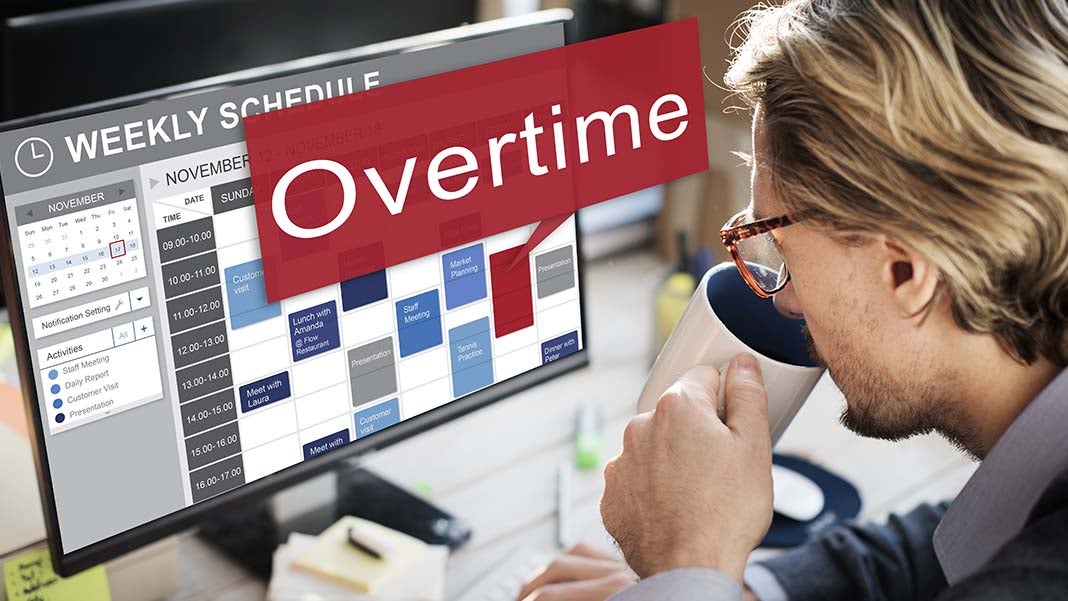How the 2016 Overtime Rule Affects Small Businesses
By: SmallBizClub

As a small business owner, your largest overhead component, 70% on average, is labor. You might have assumed that, within the bounds of things like the minimum wage, you’re essentially free as a small businessperson to negotiate whatever wage and salary with your employees that you’d like. There are, however, additional requirements that you must be aware of, some of which are currently in flux. Perhaps the most relevant to small business owners is the ‘New Overtime Rule.’ In this article we’ll look at what the ‘New Overtime Rule’ is, and how it affects small business owners.
Background
In early 2016, the US Secretary of Labor overhauled the overtime regulations that govern when and how much an employer (including small business owner) has to pay his or her employees for overtime. The ‘New Overtime Rule’ was prompted by President Obama, to address perceived abuses of the “management loophole” under which an increasing number of employees were exempted from overtime eligibility. Those new regulations go into effect on December 1, 2016, and unlike some other employment related laws which only apply to larger companies, this applies to all employers regardless of size.
What It Is
The ‘New Overtime Rule’ essentially states that any employee who earns less than $47,476 per year is automatically eligible for overtime. Under the old overtime rules, if an employee was in a management role and was salaried, they were not eligible for overtime pay. Now, however, regardless of whether that employee is categorized as a manager, if the employee’s total compensation is below the threshold of $47,476 per year, the employee is eligible for overtime.
Moreover, the ‘New Overtime Rule’ clarifies that overtime pay must be paid out at ‘time-and-a-half’ or greater (e.g. if the employee makes an effective $20 per hour for regular pay, their minimum overtime rate is $30 per hour), and that it must be paid out for any hours worked in excess of 40 hours per week.
What Does It Mean For Small Business Owners
The new rule was designed simply, and the application is fairly straightforward. If you have an employee that was previously ineligible for overtime because they were categorized as a salaried manager and that person earns less than $47,476 per year, then effective December 1, 2016, you’ll need to make some changes.
Specifically, your options for that employee are: (1) to start tracking the employee’s hours and begin capping their total hours at 40 hours per week, (2) to start tracking the employee’s hours and pay any hours worked over 40 at time-and-a-half, or (3) increase the employee’s salary to $47,476 per year or greater.
Conclusion
While there are certainly some strong arguments to be made for the benefits of this rule for the nation’s workforce as a whole, as an individual small business owner this is almost certainly going to raise your individual wage costs. That said, by understanding the ‘New Overtime Rule’ ahead of time, you have some time to consider your options and make the best choice for your small business.
Disclaimer:
This blog post does not provide legal advice and does not create an attorney-client relationship. If you need legal advice, please contact an attorney directly.
Author: Brad Martin is an editor with Soar Payments, a high risk credit card processor that focuses on serving small businesses and startups. You can learn more about Soar Payments by visiting their Google+ page.
3149 Views












